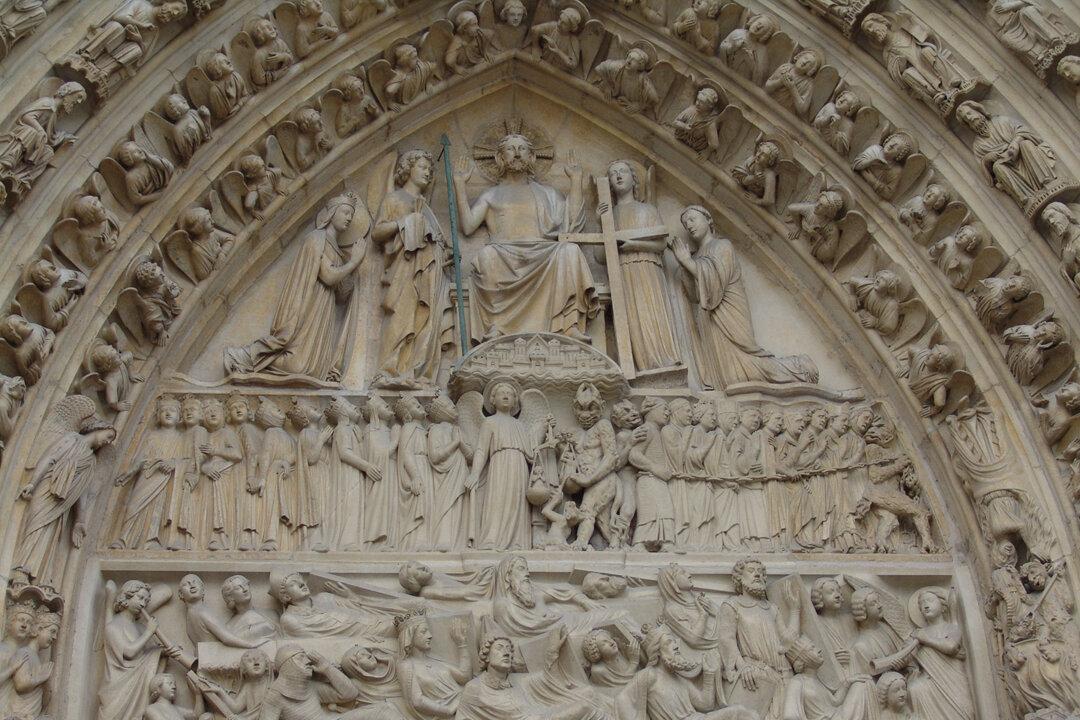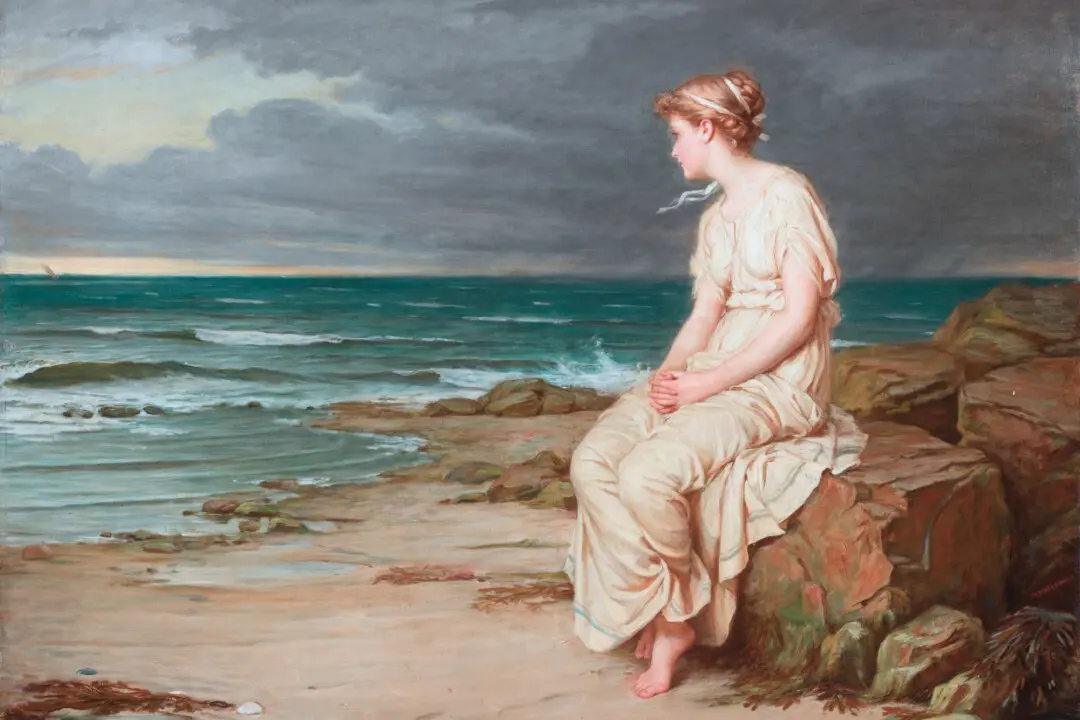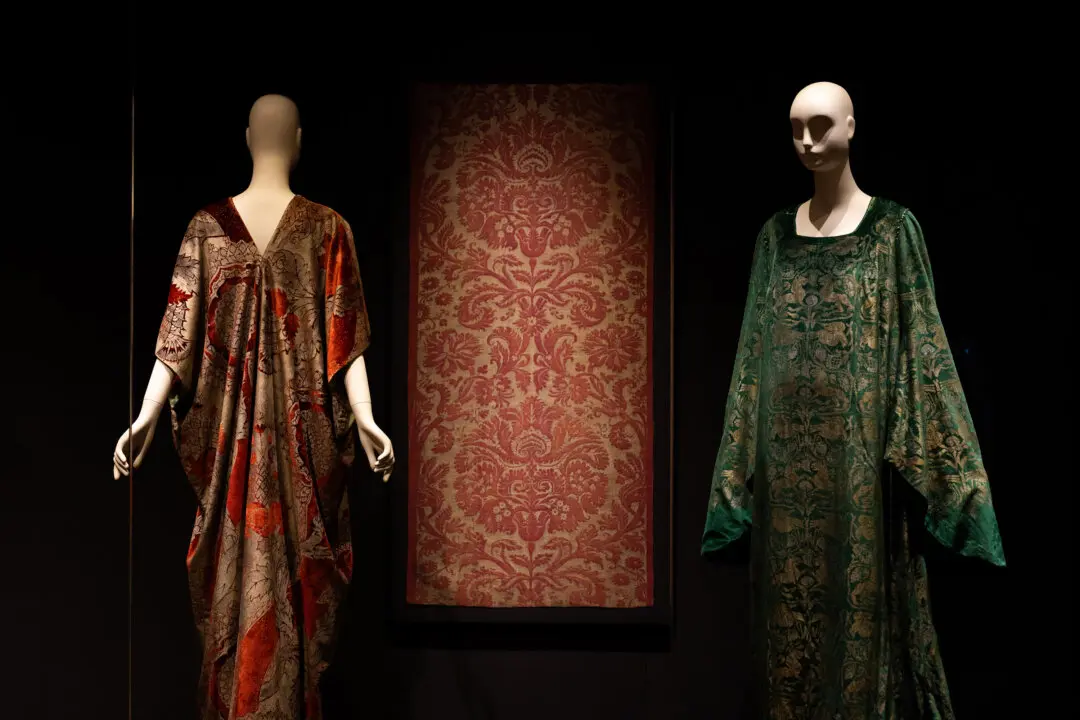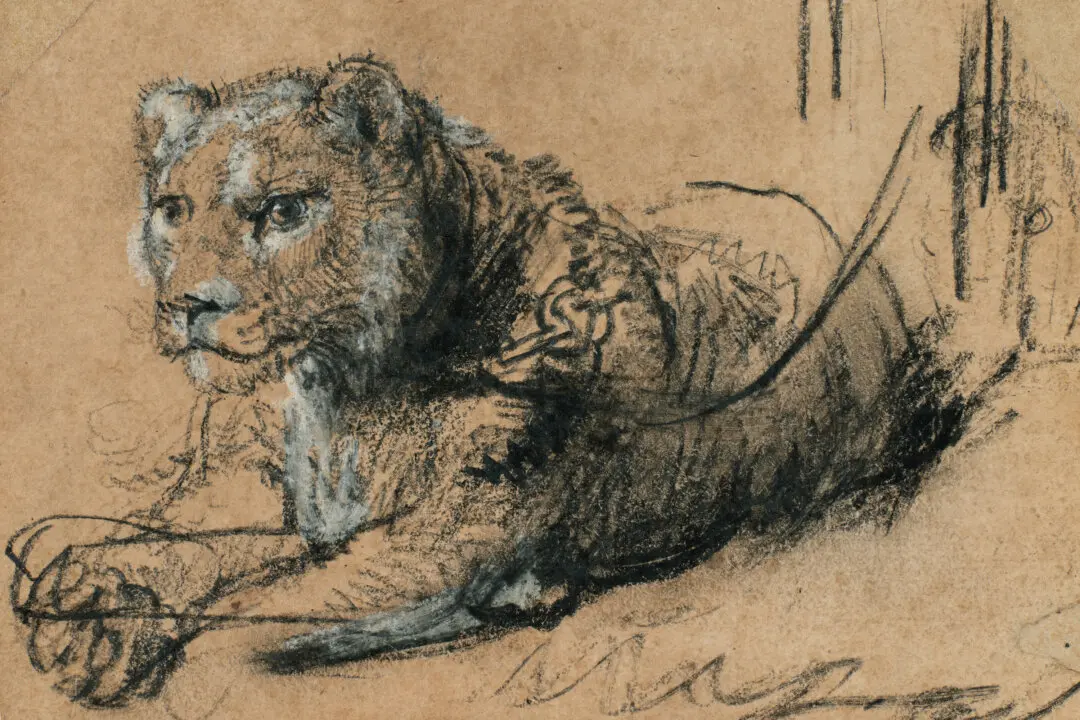Viewing historic portals, whether still at their original site or in a museum, can be transportive in many ways. If on location, one can physically walk through their structure, treading in the footsteps of the many people who have come before; in a museum setting, their imposing presence aids in conjuring the original environment to create an immersive experience.
Portals are large, impressive entranceways or doorways to a building. When created for medieval French ecclesiastical structures, they were richly decorated. The two main architectural styles during this period were Romanesque, with semi-circular arches, and Gothic, with distinctive pointed arches.





